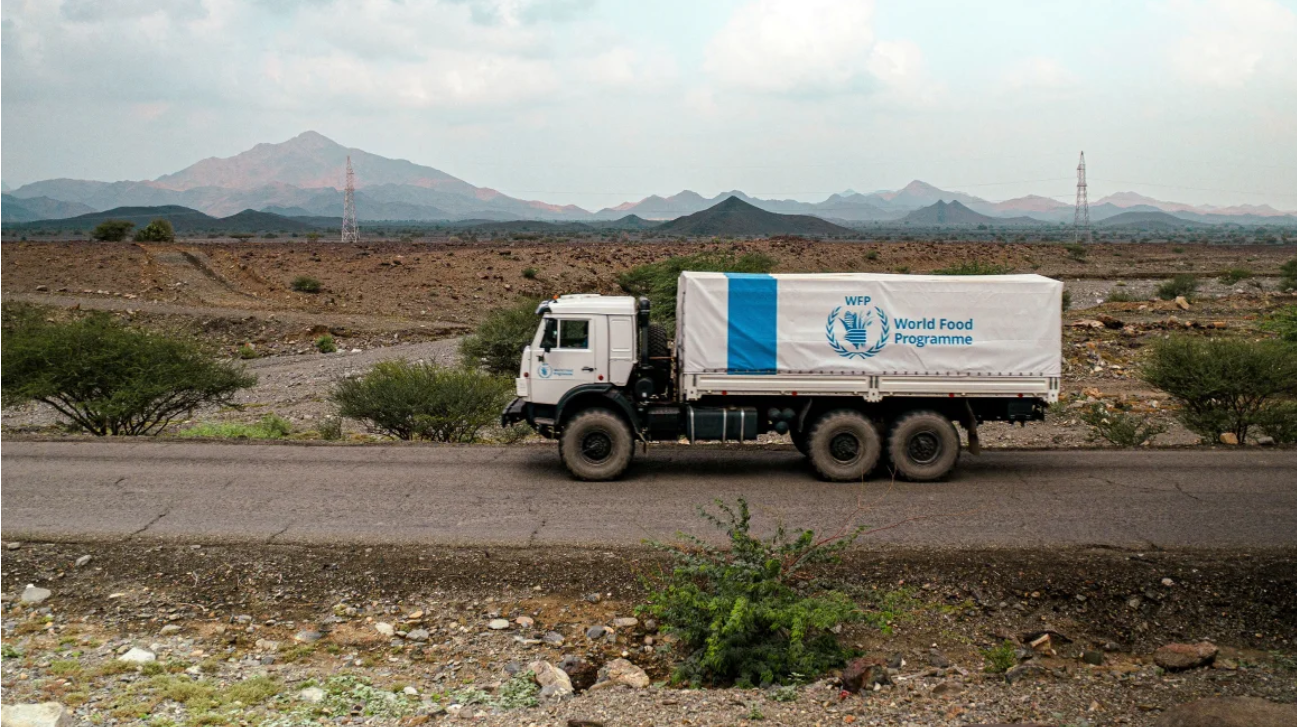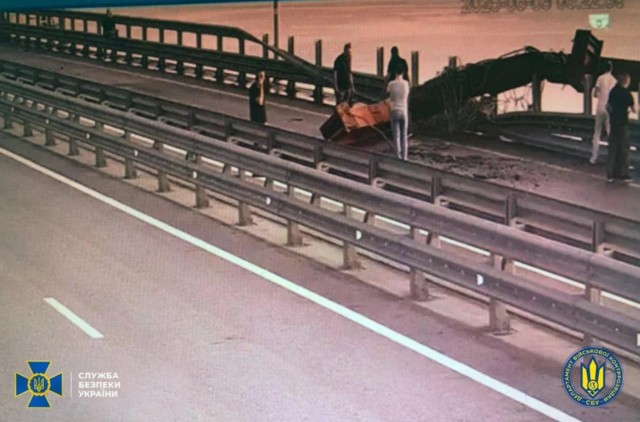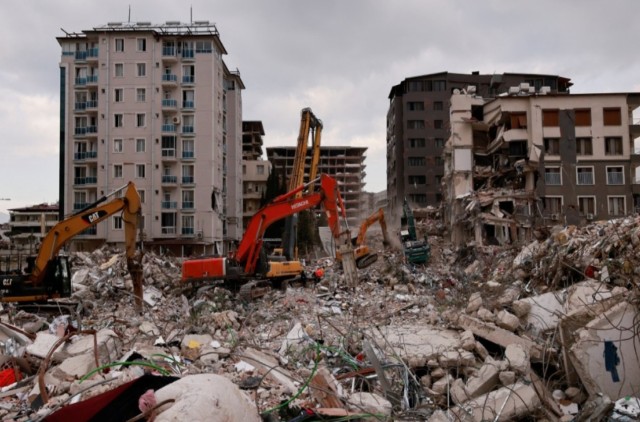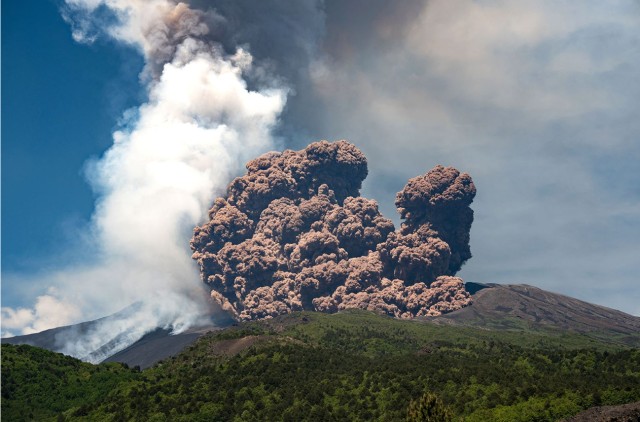
Volcanic ash and steam rises from Mount Etna on June 2, as seen from Milo, Italy.
Mount Etna, Europe’s tallest active volcano, erupted on Monday, sending plumes of ash into the air and prompting alarm among tourists and locals on the Italian island of Sicily.
Tourists Scramble as Volcanic Ash Covers the Skies
The eruption sent thick smoke and volcanic ash pouring from the Southeast Crater, forcing tourists to flee the area. Dramatic videos shared online show people running to safety as the skies darkened over the slopes of the volcano.
The eruption adds to a growing list of volcanic activity worldwide, joining Hawaii’s Kilauea as one of 47 currently erupting volcanoes this year.
Volcanic Collapse May Have Triggered the Blast
Italy’s National Institute of Geophysics and Volcanology (INGV) confirmed the eruption in a post on Facebook. They believe the blast was “probably produced by the collapse of material from the northern side of the Southeast Crater.”
The post, translated from Italian, stated that the hot pyroclastic material had not yet crossed into Valle del Leone, a nearby archaeological site. The statement also noted a shift in the eruption pattern, from pyroclastic flows to a more explosive lava fountain activity.
Volcanic Tremors Are Intensifying
According to GB News, a spokesperson from INGV noted that the volcano’s tremor levels were “currently high with a tendency to increase further.” These rising tremors suggest that Mount Etna could remain unstable for the near future.
The U.S. Geological Survey (USGS) adds that Mount Etna’s activity is unpredictable, ranging from ash emissions to explosive eruptions and lava flows. It is known as a stratovolcano—one built up by many layers of hardened lava and ash.
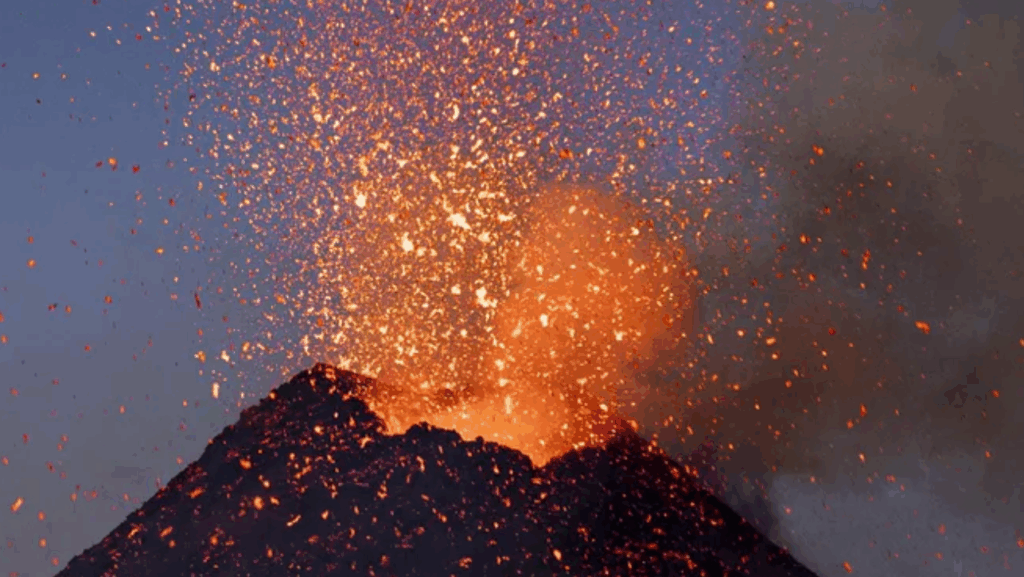
Mount Etna: A Volcanic Giant with a Violent Past
Mount Etna has a long and powerful geological history. With a lifespan of more than 500,000 years, it has been erupting consistently for at least the past 2,700 years, according to UNESCO. Its position on the convergent boundary between the African and Eurasian tectonic plates makes it one of the most studied volcanoes in the world. The constant friction between these plates is a major cause of Etna’s frequent eruptions.
Ring of Fire: The World’s Volcanic Hotspot
While Etna is making headlines in Europe, it is far from alone in volcanic activity. The Pacific Ring of Fire—an area encircling the Pacific Ocean—is home to over 450 volcanoes. That’s about 75% of all active volcanoes on Earth.
These volcanoes are concentrated along tectonic plate boundaries, where volcanic and seismic activity is most intense. Each volcano is unique in size, shape, and eruption style. While some produce flowing lava, others unleash violent explosions of ash and gas. Etna’s current eruption appears to be a blend of both.
A Constant Watch on Mount Etna
Given its frequent activity and cultural significance, Mount Etna remains under constant observation by scientists worldwide. It is not only a source of danger but also a natural laboratory for studying Earth's inner workings.
As tremors continue to rise and ash blankets the skies, residents and tourists in Sicily remain on high alert. The recent eruption serves as a reminder of the raw, untamed power of nature and the ever-present risk of living near one of Earth’s most active volcanoes.










